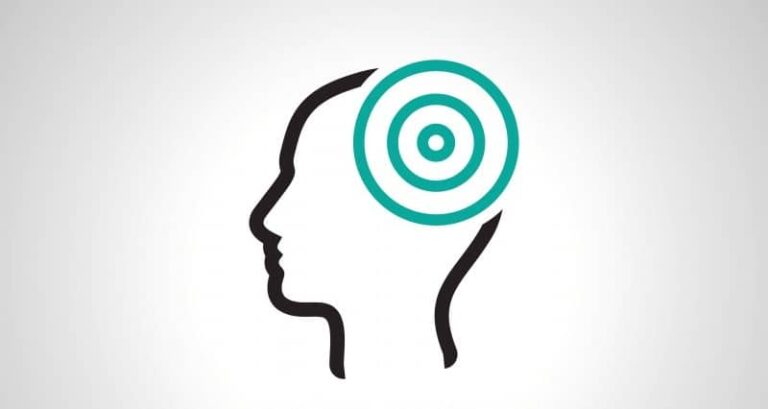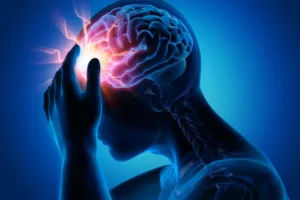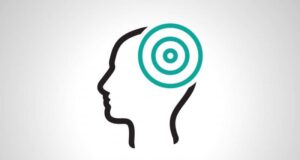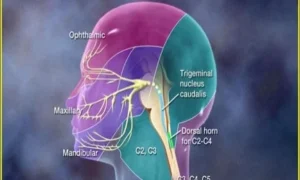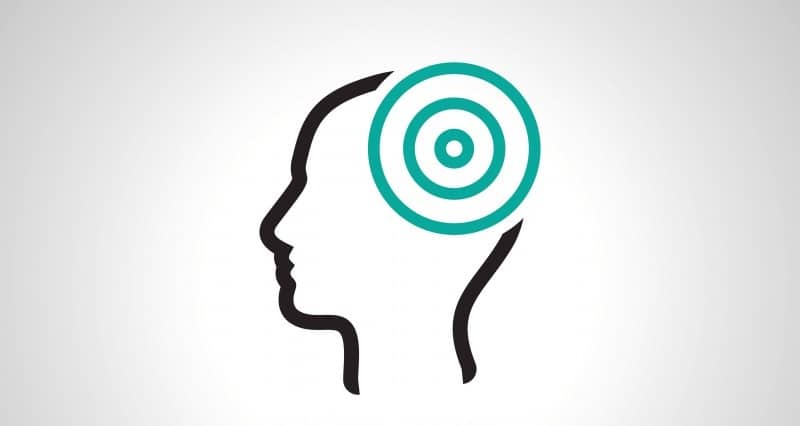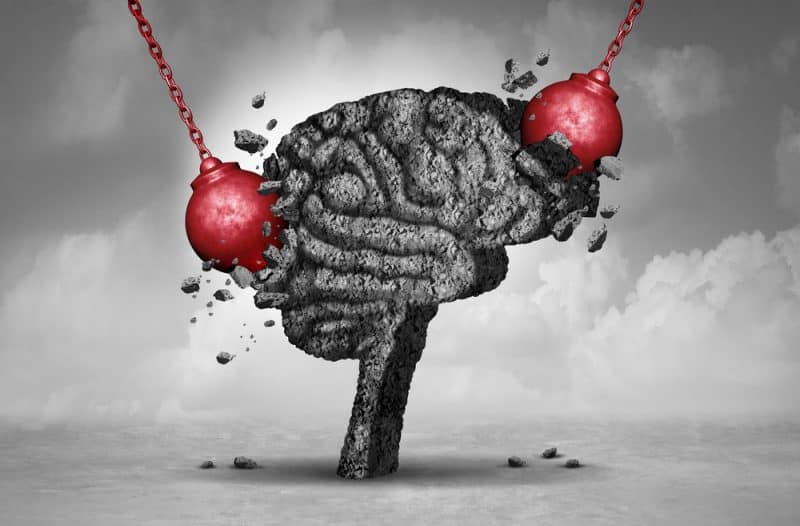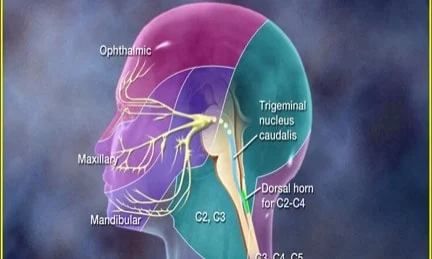1. Gluten and Migraine
You may need to avoid gluten in your meal. Gluten is a protein present in carbohydrate foods such as wheat, rye or barely. Recent studies have established a possible connection between gluten and migraines.
Gluten may trigger migraines in some persons. A study recently conducted has established a connection between celiac disease and migraines. Migraines may signify the onset of celiac disease in some people, though migraine is seen as a rare complication of celiac disease. Sufferers of celiac disease can have their nervous system affected by gluten and people with nonceliac gluten intolerance.
Conditions that affect the nervous system include:
- Learning disabilities
- Migraine
- Headache
- Depression
The implication of this is that gluten may kick-start migraines in people who do not have celiac disease but have a high sensitivity to gluten. We do not fully understand gluten sensitivity but we do know that people with high sensitivity to gluten may have:
- Abdominal pains
- Foggy thinking
- Headache
- Pains in the joint
- Chronic fatigue
- Bloating
- Constipation, diarrhea or other gastrointestinal symptoms
There is a need for further research to understand the connection between gluten and migraine.
2. Dairy and migraine
Research has shown that dairy products are connected to migraine incidence. Study showed that nearly 50-60 percent of migraine sufferers became completely free of migraine after the sole elimination of milk. Six months later, nine of the migraine sufferers volunteered to drink milk and all nine suffered migraine within two to three days, with one patient requiring sedation and hospitalization.
Also, note that seventy-five percent of adults globally do not have the ability to digest lactose and milk. This ability is lost after childhood and this may lead to the milk rotting in the stomach, resulting in gassing and inflammation. This gut inflammation from the rotting milk is a migraine trigger.
Also, milk products contain large amounts of biogenic amines histamine and tyramine. Biogenic amines are potent migraine triggers.
Milk products are highly allergenic. They are hard on the stomach and are laced with large amounts of hormones, glutamic acid and biogenic amines.
Clarified butter, grass-fed butter or ghee do not have much milk protein and are ok generally. If you have a severe allergy to milk, then totally avoid all dairy products.
3. Corn and migraine
A number studies have established a connection between corn and migraine.
In one of the studies, thirty-three percent of patients reacted to a corn in a 1979 study that reduced migraines in 100 percent of patients and completely eliminated migraines in 85 percent of patients. Corn was a top trigger in a subsequent study that completely eliminated migraines in 89 percent of patients.
Processed corns contain large amounts of free glutamic acid and were initially used in the production of monosodium glutamate. Monosodium glutamate and free glutamic acid are migraine triggers.
Also note that corn is genetically modified hence have fewer nutrients, fewer antioxidants and more poison. Nutrients and antioxidants are necessary to fight oxidative stress and oxidative stress is the biggest trigger for migraine attacks.
Corn oil is laced with omega-6 fat, which is pro-inflammatory and causes oxidation. Oxidation and inflammation are migraine triggers.
4. Migraine and processed food (fat)
Fat affects the susceptibility to migraines. Why? The idea is that high levels of certain fats in the blood lead to the production of prostaglandins.
These prostaglandins cause dilation of blood vessels, potentially leading to increased pain and migraine.
A study found out that people eating a daily diet high in fat (containing higher than 69 grams) had nearly twice as many headaches as those who did not consume that much fat.
It was also discovered that after reduction in fat intake, the frequency and intensity of the participant’s headaches decreased drastically. Not less than 95 percent of the participants reported a 40 percent improvement in their headaches.
Similar results were found in another study involving low-fat vegan diet, with reductions in headache pain and frequency.
5. Low vitamin D and migraine
According to the Vitamin Council website, Turkish researchers recruited 52 migraine patients and 45 non-sufferers to serve as control. Blood analysis of vitamin D concentration, Vitamin D binding protein and Vitamin D receptor was conducted on both parties and it was discovered that:
- Serum vitamin D and VDR levels were significantly lower in patients with migraines compared to the control group. Concentrations of VDBP did not differ between the two groups.
- In a multiple model analysis, vitamin D and VDR levels were each found to be independently associated with migraines.
- There was no relationship between the three vitamin D markers and any headache characteristics.
- The conclusion drawn from the research was “Based on the present findings, we may suggest that decreased serum vitamin D levels were associated with migraine.”
6. Caffeine and Migraine
The relationship between caffeine and migraine is quite tricky. Caffeine could be a treatment for migraine and also serve as a trigger. However, there are various reasons why one should not rely on caffeine to treat migraine.
For one, you may become heavily dependent on it, which implies that you’ll be needing more of it to get the same results. When you take too much of caffeine, you may harm your body in several ways with the complications as nervousness, insomnia and tremors.
A 2016 study of 108 participants discovered that their migraine intensity reduced after reducing their caffeine intake. This doesn’t mean you should avoid a cup of coffee or tea when you feel a migraine is coming. It does not cause headaches, it triggers what’s known as a caffeine rebound. A caffeine rebound occurs when you take caffeine in excess and then suddenly withdraw from it. It could have severe side effects. There’s an estimate that 2 percent of people experience this.
There’s no set amount of caffeine that can cause rebounds. Reaction to caffeine varies individually.
7. Excessive use of over-the-counter medications (OTC)
About 13 percent of US citizens are affected by migraine headaches. This translates to 37 million persons. Globally, 1-2 percent of persons are affected by medication overuse headaches.
The exact cause of medication overuse headache is not fully understood. However, a general pattern has been observed. Individuals who are affected by migraine or headache take medications to relieve the pain. As a headache returns, more medicine is taken. With time, the medicine becomes less useful and more harmful.
References
- Couch, J.R. (2006, January). Rebound-withdrawal headache (medication overuse headache). Current Treatment Options in Neurology, 8(1), 11-19 ncbi.nlm.nih.gov/pubmed/16343357
- Essos, E.J. (2006, June 27). Chronic migraine and medication-overuse headache. Neurology, 66(12), E43-E44 neurology.org/content/66/12/E43.full
- Kristoffersen, E.S. (2014, April). Medication-overuse headache: epidemiology, diagnosis and treatment. Therapeutic Advances in Drug Safety, 5(2), 87-99 ncbi.nlm.nih.gov/pmc/articles/PMC4110872/
- Mayo Clinic Staff. (2014, December 2). Rebound headaches mayoclinic.org/diseases-conditions/rebound-headaches/basics/definition/con-20024096 • Migraine statistics. (n.d.) migraine.com/migraine-statistics/
- Benjilali, L., Zahlane, M., & Essaadouni, L. (2012, May). A migraine as initial presentation of celiac disease. Revue Neurologique (Paris), 168(5), 454-456. http://www.ncbi.nlm.nih.gov/pubmed/22405455
- Dimitrova, A.K., Ungaro, R.C., Lebwohl B., Lewis, S. K., Tennyson, C.A., Green MW., Green, PH. (2013, February). Prevalence of migraine in patients with celiac disease and inflammatory bowel disease [Abstract]. Headache, 53(2), 344-355.
- http://www.pcrm.org/health/diets/vegdiets/what-is-lactose-intolerance
- http://www.ncbi.nlm.nih.gov/pubmed/6643018
- https://authoritynutrition.com/6-reasons-why-vegetable-oils-are-toxic/
- http://www.ncbi.nlm.nih.gov/pubmed/87628
- https://www.ncbi.nlm.nih.gov/pmc/articles/PMC4227630
- https://www.ncbi.nlm.nih.gov/pubmed/10839648
- https://www.ncbi.nlm.nih.gov/pmc/articles/PMC4975726
- https://www.ncbi.nlm.nih.gov/pmc/articles/PMC3777290


